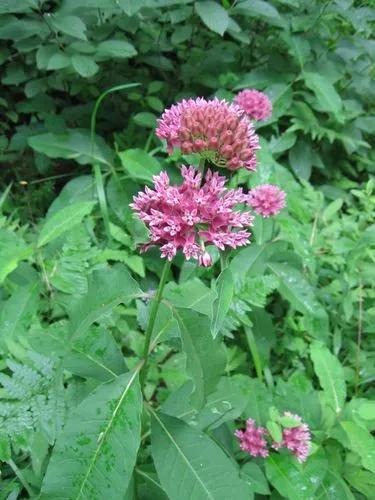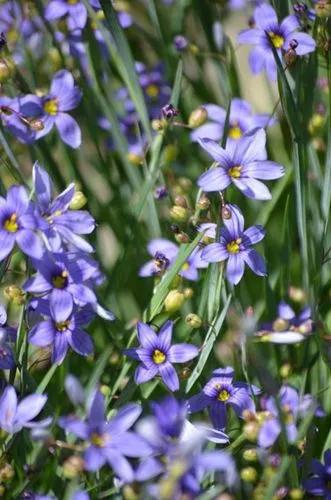Hypochaeris glabra is a species of flowering plant in the dandelion tribe within the daisy family known by the common name smooth cat's ear. It is native to Europe, North Africa, and the Middle East but it can be found on other continents where it is an introduced species and a widespread weed. It has become widespread in Africa, southern and southeastern Asia, Australia, and parts of the Americas
Smooth Cat'S Ear Care
Hypochaeris glabra



Annuals, 10–50 cm. taproots slender, vertical; caudices small, ± herbaceous. Stems (1–30), sparingly branched at midstem or distally (lateral branches often short, minutely bracteate or naked), glabrous. Leaves usually all basal; blades oblanceolate to oblong, 20–110 × 5–30 mm, margins nearly entire to dentate or pinnatifid, faces usually glabrous or glabrate, sometimes hirsute on veins. Heads borne singly or 2–3 in loose, cymiform arrays (terminating branches, not showy) . Involucres narrowly campanulate, 8–16 × (3–)5–20 mm. Phyllaries 18–20, lanceolate, 3–18 mm, unequal, margins scarious, faces glabrous (apices brownish or reddish, sometimes ciliate). Florets 20–40; corollas white to yellowish, 5–8 mm,. equaling phyllaries at flowering. Cypselae dimorphic, outer cylindric, stout, truncate, inner fusiform, slender, beaked; bodies dark brown, 10-nerved, 8–10 mm, beaks 3–4 mm; pappi of tawny bristles in 2 series, outer barbellate, shorter than plumose inner, longest 9–10 mm.
Flowering Feb–Jun(–Dec). ;
Hypochaeris glabra is usually distinguishable by its annual habit and relatively small size, slender and shallow roots, fine stems, often glabrous leaves, and beakless, truncate outer cypselae. Occasional specimens are larger and have induments characteristics of H. radicata; they can be distinguished by the dimorphic cypselae.
This plant is useful.
How to get rid of: Dig up the area thoroughly. This is not an easy job, because it is not enough just to dig up the ground - you also need to scrupulously select all the rhizomes from it.
How to Care for the Plant

Popularity

109 people already have this plant 18 people have added this plant to their wishlists
Discover more plants with the list below
Popular articles






